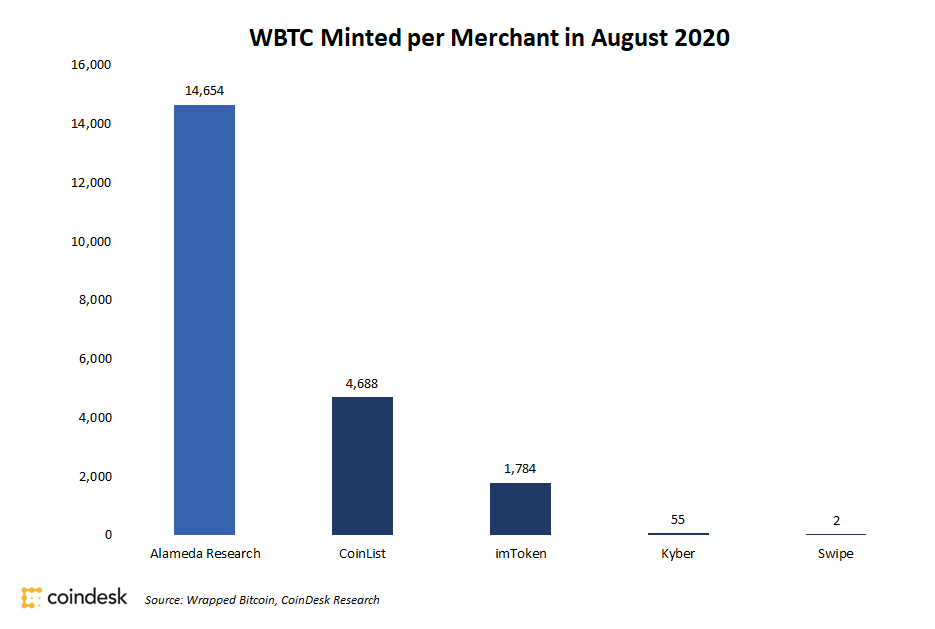It’s a Different Sort of Olympics as Cryptographers Face Off in Polyhedra’s ‘Proof Arena’
A nice thing about watching Olympic swimming is that it’s not too complicated to determine who’s the fastest. Everyone dives into the same pool, there’s some paddling, and at the end of the final lap, one person touches the wall first.
The same can’t be said for blockchains, where engineers are always releasing ever more powerful, speedier systems, and use-cases and transaction types vary from project to project, as do tools and methods for measuring performance. The dilemma extends to designers of cryptographic tools, and the myriad ways of reporting hashes per second.
Such was the backdrop as Polyhedra Network, a team building a crucial blockchain component known as a cryptographic “prover,” set out to develop a just-released platform called “Proof Arena” that’s designed to serve as, well, a proving ground.
Just a few months ago, the Polyhedra team released an open-source zero-knowledge proof system – used in many setups for auxiliary blockchains known as “layer 2s” – that was “nearly 2x faster than alternatives.” But how did they really know?
Eric Vreeland, Polyhedra’s chief strategy officer, said the team decided to develop Proof Arena so developers could test various provers in a controlled environment – “people evaluating the performance of various proof systems for a particular proof generation task.”
“Proof Arena will allow ZK-proof system creators to compare their systems against others in a clear and scientific manner while ensuring that all controllable variables are held constant,” according to a press release Wednesday.
Outputs from the testing system include proof generation time, memory peak and setup time, according to Vreeland. Here’s what that might look like in a hypothetical scenario:
:format(jpg)/cloudfront-us-east-1.images.arcpublishing.com/coindesk/RKRKZBHVMNBIPBYEYFQ6G7SQK4.jpg)
Builders of the provers can also submit their systems “for inclusion in the arena,” Vreeland said.
Initially, the project will be set up to generate benchmarks for Polyhedra’s own “Expander” ZK-proof system, Polygon’s Plonky3, StarkWare’s Stwo and Linea’s Gnark.
“The team plans to support all open-source proof systems and will provide benchmarks for frequent ZK tasks like Keccak and Poseidon hash verification run on a variety of machine configurations,” according to the press release.
That might all sound like gibberish, but for cryptographers, it’s what they care about.
And the pros might like the chance to prove their worth.
Disclosure
Please note that our
privacy policy,
terms of use,
cookies,
and
do not sell my personal information
has been updated
.
CoinDesk is an
award-winning
media outlet that covers the cryptocurrency industry. Its journalists abide by a
strict set of editorial policies.
In November 2023
, CoinDesk was acquired
by the Bullish group, owner of
Bullish,
a regulated, digital assets exchange. The Bullish group is majority-owned by
Block.one; both companies have
interests
in a variety of blockchain and digital asset businesses and significant holdings of digital assets, including bitcoin.
CoinDesk operates as an independent subsidiary with an editorial committee to protect journalistic independence. CoinDesk employees, including journalists, may receive options in the Bullish group as part of their compensation.
:format(jpg)/s3.amazonaws.com/arc-authors/coindesk/f22b7b33-3453-471b-9db5-9f17af90a499.png)
Bradley Keoun is the managing editor of CoinDesk’s Tech & Protocols team. He owns less than $1,000 each of several cryptocurrencies.
Follow @Liqquidity on Twitter









